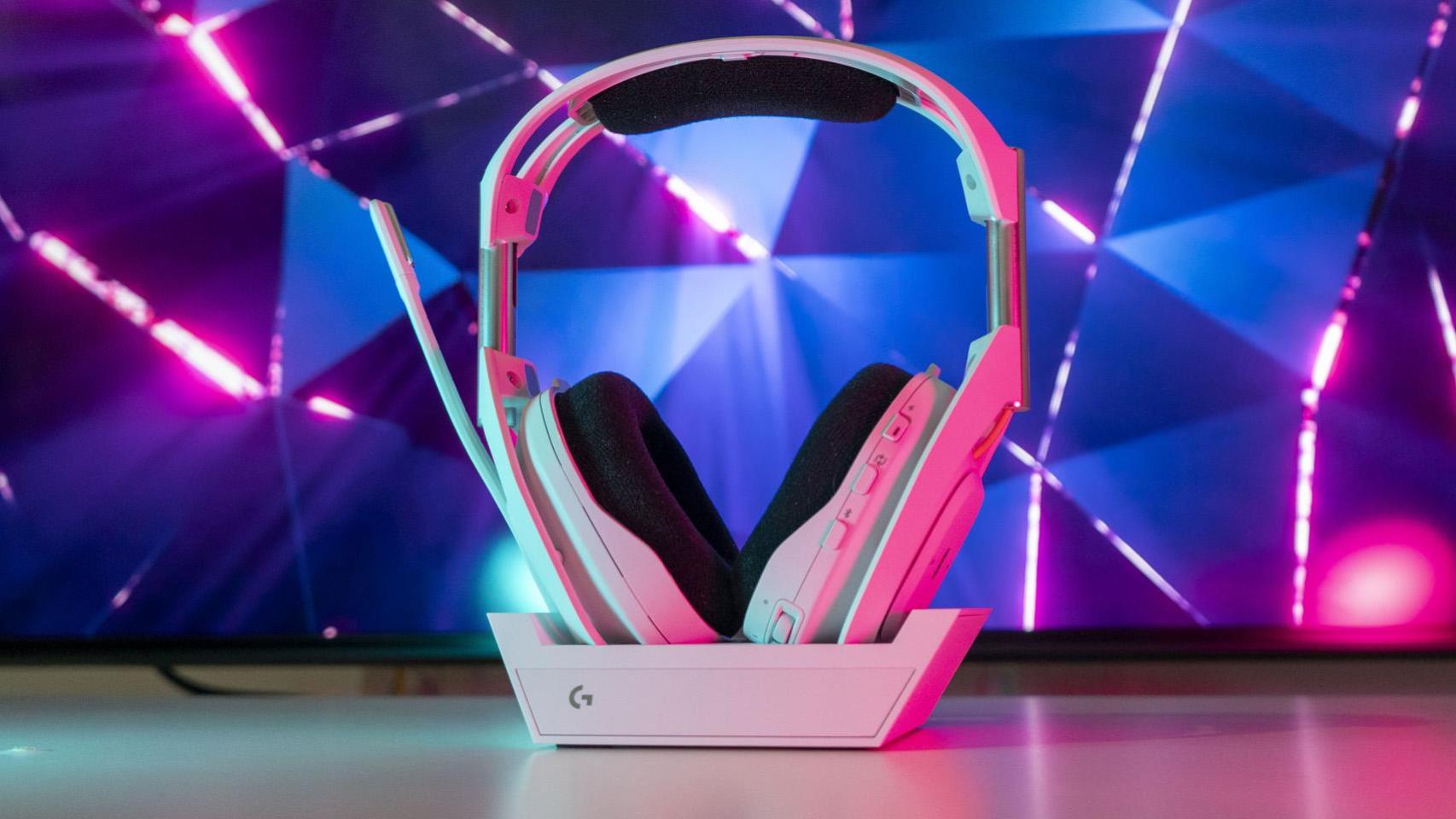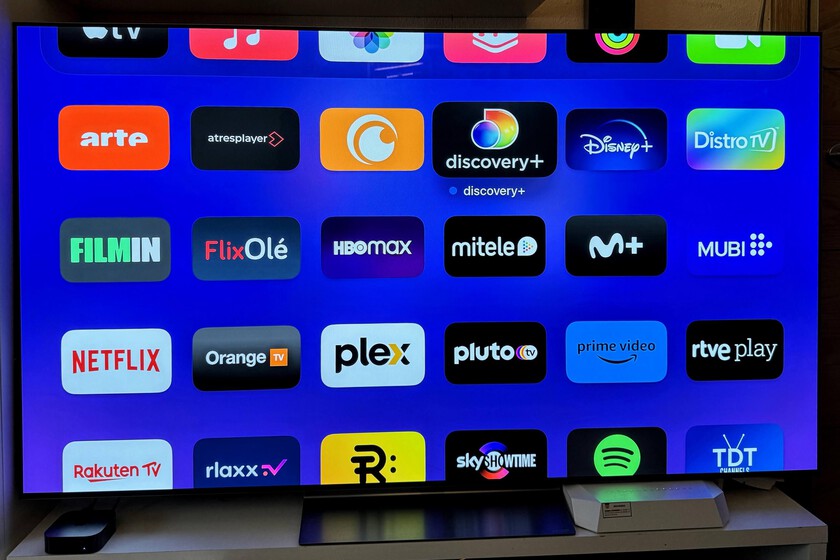What you see above these lines is a future TomTom, the legendary navigator that today continues to be a very reliable alternative to Google Maps or Waze, but with the power of artificial intelligence thanks to the use of the famous OpenAI chatbot hosted on Microsoft Azure. Or what is the same: that ChatGPT arrives in the car in the form of a voice assistant for the navigator. We already know that soon the AI will summarize for us what we missed in its infotainment system but I hope this is just the beginning: Android Auto needs Google’s artificial intelligence like eating.
Google Assistant is very green on Android Auto
Before you go on a car journey, the first thing you need to configure for Android Auto is the one with the reasons that this mode is related: the first thing is unique and exclusively for driving and not for interacting with the car console. anyway. The second, I have the experience of interacting with Android Auto by voice (the safest way – and in some cases, the only allowed way – when driving) and it seems a little bittersweet to me: It’s necessary use short, concise and concrete sentences because the voice assistant is quite green
On paper, Google Assistant has the potential to help you a lot in Android Auto, in practice more times than I’d like. lost in translation which are summarized in having to repeat or change the sentence. That’s why, when things are going well, I only use a few phrases that I know will work for me. Or I use my co-pilot and the introduction from my mobile, if possible.


Because both in the car and at home, what voice assistants lack in general (no, Siri and Alexa are not spared either), is to better understand what we say without having to to make an effort. Let machines adapt to the way people speak, not the other way around.. When driving, this case is all the more critical as having to get lost while driving to interact again or look for alternatives can prove too costly.
An AI voice assistant for vehicles
Microsoft and TomTom have joined forces to include a ChatGPT style chatbot in vehicles instead of one of the classic voice assistants, which, as explained in the press release, would allow you to interact by speaking naturally to ask things like ‘“Navigate to a specific location, find specific stops on your route, and voice control on-board systems to, for example, increase the temperature, open windows, or change radio stations.”
From this collaboration would arise a voice assistant for vehicles powered by artificial intelligence which could be integrated with other infotainment systems and manufacturers in addition to the Digital Cockpit, the one developed by TomTom. Or what amounts to the same thing: a formidable alternative to Google Assistant on Android Auto with the potential to overtake you to the right. Of course, with no confirmed launch date. This isn’t the first time we’ve seen something like this, although Microsoft also has a project with Mercedes Benz to integrate ChatGPT into its fleet.
Yes, ChatGPT is the most popular artificial intelligence model. General public of the market, but Google also has its counterpart with Bard, now reinforced with Gemini. And we already know that he wants to introduce artificial intelligence in Android Auto, although for now it will be with a dropper to summarize messages, but Artificial intelligence in the car seems essential so that those of us who drive have to worry as little as possible.
Seeing your level of understanding in a chat, It would not be difficult to easily understand possible routes and changes, music suggestions, interactions in messaging services and even in a future smart and connected car, vehicle-specific services and tools in Android Automotive style (somewhat thing like “estimated fuel” the range is 100 kilometers, the next gasolines you will have on the route are X, Y and Z and the one with the cheapest gasoline is X’).
But it is that Google has an ace up its sleeve that TomTom and Microsoft lack: the ecosystem. Microsoft has its alliance with OpenAI and numerous software programs, TomTom specializes in navigation, but Google has it all: its conversational AI model, a fairly comprehensive vehicle infotainment system and its own voice assistant.
You don’t need anyone to create a new way to interact in Android Auto with artificial intelligence or directly a version of Google Assistant with artificial intelligence for vehicles. And this is a differential characteristic that would allow us to step on the accelerator in this project without depending on anyone and launch a fully compatible product that would offer a very refined experience.
Cover | TomTom
In Xataka Android | Android Auto: 23 tips and tricks to get the most out of Android in the car








